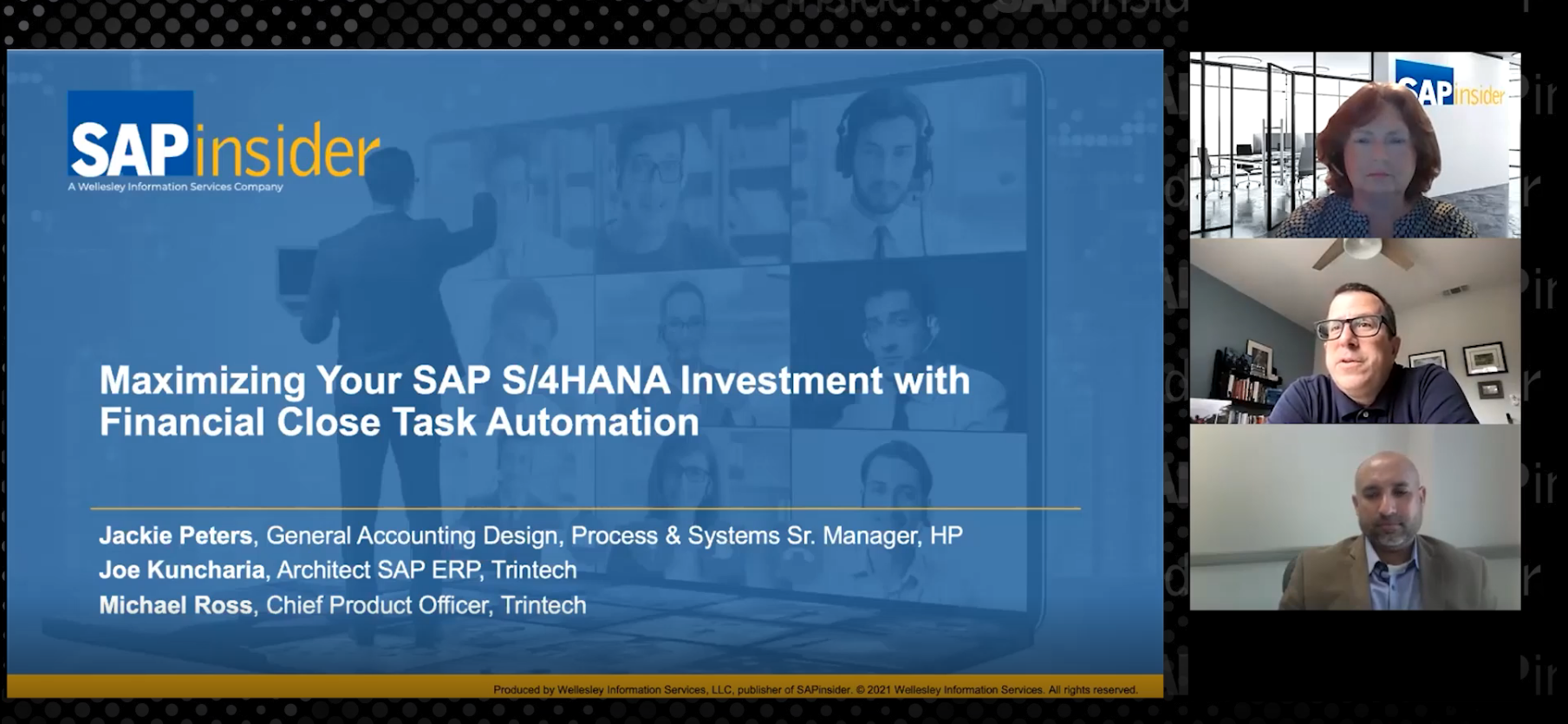Reducing Closing Time and Increasing Data Quality at KMD
By Matt Gillespie, Contributing Writer, SAPinsider
The largest IT firm in Denmark, KMD, an NEC Company, specializes in digitizing public-sector operations, from municipal governments to branches of the military. After being established in 1972, KMD was owned by a Danish municipalities association and then by various investment entities until it was acquired at the end of 2018 by NEC, the Japanese global systems integrator. As part of the acquisition, KMD was required to make a number of accounting modifications to conform its processes to those of its new parent company.
The first of these changes required adjusting the fiscal year from beginning in January to beginning in April, which was incompatible with KMD’s current legacy consolidation system. At the same time, KMD was tasked with closing in four days instead of eight, along with putting new, more detailed reporting requirements in place. And finally, the firm needed to introduce a new global chart of accounts. Together, these challenges constituted the need to re-conceive the consolidation process, which KMD addressed using SAP S/4HANA Cloud for group reporting and SAP Analytics Cloud.
Explore related questions
Optimizing Workflow and Developing the Business Case
The KMD team searched out inefficiencies in the existing consolidation process. For example, a lack of peer-to-peer transaction reconciliation when local companies uploaded their balances meant that discrepancies first appeared after consolidation, when they were more complex to resolve. Likewise, transactional data was not validated before being loaded, potentially obscuring structural issues. In addition, cash flow creation was entirely manual, due to data-quality limitations of the consolidation system.
Workflow analysis by KMD revealed issues that arose because of the separation of duties between local controllers and groups. That is, local controllers submitted data that was acted on by Group Finance resources, which loaded the data and ran processes on it. When questions arose, the local controllers had to be brought back into the workflow, to take advantage of their more intimate knowledge of the data. This approach created inefficiencies that KMD chose to address by assigning a new sphere of responsibilities to local controllers.
One measure of that new responsibility was an intercompany reconciliation of uploaded balances directly among peers, so that issues are resolved directly by those who know the data best. Local controllers also took on expanded roles in data validation, including tasks such as checking trial balance and opening balance levels, verifying balance sheet specifications, and running currency conversions. Local controllers also became responsible for running cash-flow reports and validating cash flow against the corresponding positions on the balance sheets, before closing the period out and signing off to Group Finance.
KMD Group Finance performs higher-level tasks such as running eliminations for intercompany transactions and consolidation of investment, as well as performing topside adjustments if needed. After validating the consolidated cash flows, Group Finance closes the period and reports out to management at both KMD and NEC.
Selecting the Consolidation Solution
With the workflow established, the team assessed the pros and cons of continuing to use SAP Business Planning and Consolidation versus implementing SAP S4/HANA Cloud for group reporting. In the 10 years that SAP Business Planning and Consolidation had been in place, business users and Group IT had developed deep experience and best practices around the tool, and automatic data integrations were in place, the equivalent of which wouldn’t be available with the SAP S/4HANA solution.
On the other hand, SAP Business Planning and Consolidation would need to be re-implemented to accommodate the new chart of accounts, and SAP had marked SAP Business Planning and Consolidation with maintenance ending in 2027.
SAP S/4HANA Cloud for group reporting is SAP’s strategic consolidation solution, and it is well-suited to KMD’s strategy to move as much as possible to the cloud. KMD Group IT was highly interested to investigate the software as a first means of investigating SAP S/4HANA, to better understand issues such as security and transport.
KMD determined that the benefits of moving consolidation to SAP S/4HANA justified the project’s license and implementation costs, as well as the complexities that can come with being an early adopter.
Implementing SAP S/4HANA Cloud for group reporting
In fact, the implementation path proved exceptionally smooth, and it was completed in just six months, which KMD Principal Application Architect Christian Andersen attributes in part to exceptional help from SAP. For the first two months, the team investigated SAP S/4HANA Cloud for group reporting functionality to discover its potential and build prototype configurations. It spent the next month putting those concepts into practice, creating the basic SAP S/4HANA Cloud for group reporting configuration and performing preliminary unit testing.
The team had a significant pain point during the implementation around data quality from the source system, which interfered with cash-flow automation. KMD addressed it by developing data-correction processes for local controllers that help avoid propagating data errors upstream to Group Finance.
The team also invested a month in developing the reports needed to implement SAP S/4HANA Cloud for group reporting in SAP Analytics Cloud, with live integration to SAP S/4HANA Cloud for group reporting for real-time data. As a test, the team converted seven months of historical data and ran the SAP S/4HANA solution side-by-side with SAP Business Planning and Consolidation to verify that both systems reached equivalent results at period close.
Lessons Learned and Key Take-Aways
KMD has reduced closing time from eight days to four while also improving data quality. A significant contributor has been the shift of responsibility for intercompany reconciliation from Group Finance down to the local controllers. This change creates workflow efficiencies by mitigating data errors at the Local Finance level, a process that also dramatically improves the quality of data loaded into the consolidation system. Cash flow is dynamically calculated on the fly, and automated data validation frees up resources in Group Finance, freeing time for analysis that used to be consumed by reconciliation.
Company Snapshot
KMD, an NEC Company
Company Details: One of Denmark’s largest IT and software companies, KMD works to digitize societal and organizational challenges.
Headquarters: Denmark
Employees: ~2,000 employees (2019-2020)
Annual Revenue: 4,834,075 DKK ($785,872 US)








